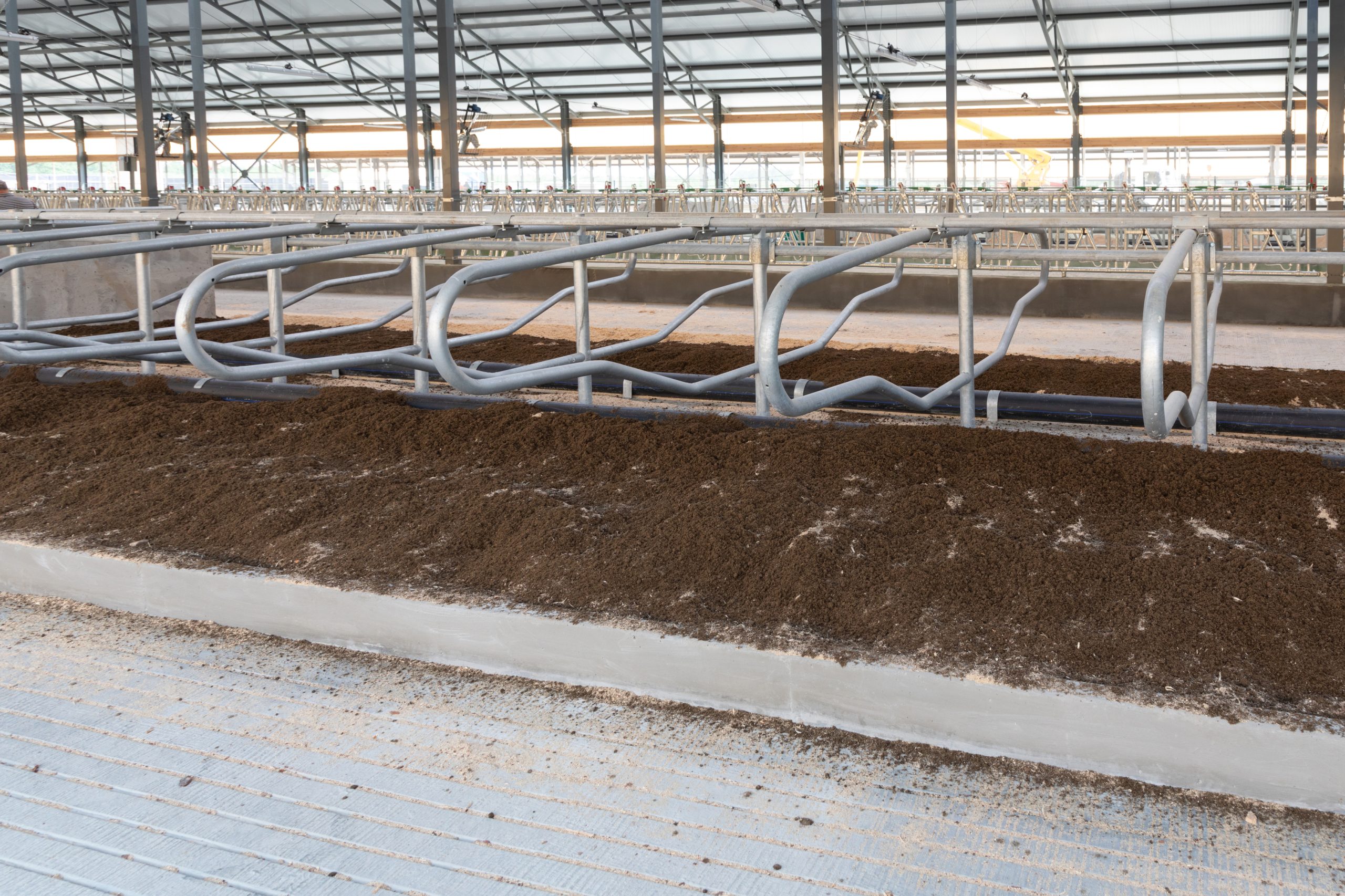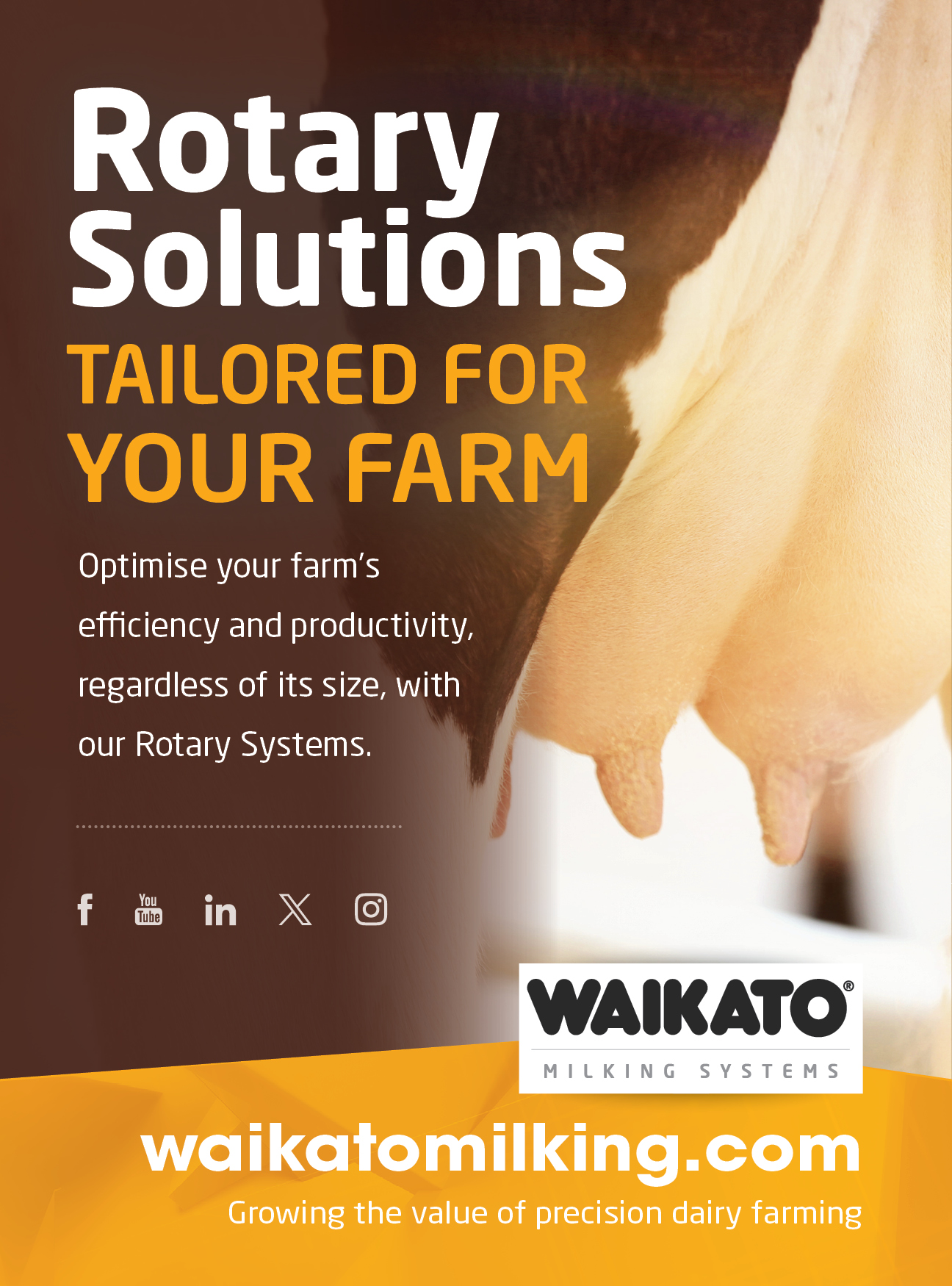Bedding Considerations to Lower Somatic Cell Count

Weigh the pros and cons when determining the ideal bedding for your cows.
Regardless of the type of dairy operation, some form of bedding is always necessary. However, how can you make the right choice with so many bedding options on the market? The best bedding choice for your farm depends on various factors such as cow comfort, cost, availability, ease of handling, udder health, pathogen growth, and more. Often, producers do not realize that their bedding material could contribute to a high somatic cell count.

When choosing a bedding material, producers often only consider cow and farmer comfort. Obviously, cow comfort is at the top of the list because if a cow is uncomfortable, she will not spend her day lying down and making milk. If stalls are uncomfortable, this can increase standing time for cows, which could, in turn, lead to lameness issues, reproductive issues, and decreased milk production, all of which are costly for a dairy. Bedding needs to provide support for a resting cow but also needs to form a soft bed. The bedding material needs to provide a cooling effect in the summer as well as warmth in the winter. One of the most important factors is that the bedding stays dry. Dryness of the bedding will limit the growth of mastitis-causing pathogens. In addition to the cows’ needs, the farmer’s comfort is also essential. In order to achieve this, the bedding material must be both cost-efficient and easy to use from a labor standpoint.
Bedding options fall into two main categories: organic and inorganic. There are many organic bedding options available to producers. One of the most popular choices in Pennsylvania is sawdust or shavings. This is due to ease of use and availability of the product. Cows have been observed lying more in stalls deeply bedded with sawdust (Clark, 2019). Sawdust and wood shavings are highly absorbent, but because they are organic, they allow for the rapid growth of pathogens when soiled or wet. This type of bedding often has a smaller particle size, which can be broken down easily by microorganisms for disposal. Due to this trait in sawdust and shavings, they both can have high bacteria counts, making it more difficult to control mastitis. Lime can be added to the rear of stalls to reduce the pH, reducing pathogens, but this is typically short-lived and should be done daily to be effective (Clark, 2019).
Compost bedding or bedded pack barns are popular for housing dry cows and heifers. This type of bedding generally takes more management than producers often give to it but can be of a lower cost than other bedding systems. To begin the pack, approximately 12 to 18 inches of wood shavings or sawdust is spread on the floor of a bedded pack or compost barn. The pack must be aerated twice daily to a depth of 8 to 10 inches. This helps incorporate oxygen for aerobic decomposition and provides a fresh, soft surface for cows to lie down. It is important to add appropriate amounts of fresh, dry sawdust, often depending on the weather conditions and density. Most bedded pack barns are thoroughly cleaned out once or twice a year. This system requires excellent pack and ventilation management for cows to perform well. Many bedded-pack barns have fans to blow air downward onto the bedded pack to help dry the surface. Often, steam is observed rising from the pack during tilling. This is due to moisture escaping in large amounts. Bedded-pack barns typically have higher amounts of environmental pathogens. To reduce the risk of mastitis in cows, it is essential that producers maintain adequate bedding in the bedded pack, ensure frequent tilling, provide excellent ventilation, avoid overcrowding, and practice good parlor hygiene to be successful.
Another common bedding used for milking herds is mattresses. Mattresses can be found in tie stalls or free stall housing facilities. Mattresses are made with a waterproof exterior filled with various products, most commonly rubber. Often, producers use mattresses alone, but studies have shown that additional bedding is needed to make the mattress more comfortable for cows to lie on (Clark, 2019). Without the additional bedding, producers will often see increased hock injuries and lameness in their cows. Mattresses tend to be cleaner because of increased stall maintenance in facilities they are utilized in, resulting in a lower SCC than other organic bedding types.
Increased bedding costs and decreased availability in parts of Pennsylvania have resulted in producers looking for other sources. This has led to some producers implementing the use of recycled manure solids. Recycled manure solids are obtained by mechanical separation of manure removed from the dairy housing system. Recycled manure solids may be used fresh or composted for bedding. This is a low-cost form of bedding that has high availability on-site. This availability has allowed for the use of an alternative bedding source. A downside to recycled manure solids is that this bedding provides favorable conditions for the rapid growth of environmental pathogens compared to other organic materials such as sawdust or bedded packs (Harrison, 2008). However, the use of manure solids in deep-bedded free stalls provides cows with a better resting surface, resulting in a lower incidence of lameness and hock lesions compared to herds that use mattresses (Endres)
Straw is often used to bed our young stock due to its absorbency and insulating properties. Research shows that cows prefer straw with a smaller particle size (3/4 inch), which increases comfort and absorbency and improves composting ability when disposed of (Tucker, 2009). Straw is a low-cost bedding choice if produced on the farm. Cows housed in straw bedding tend to be dirtier than other bedding materials, and the incidence of mastitis increases.
If the farm is located close to a paper mill, paper may be available inexpensively as another bedding option. Chopped recycled newsprint has also been used for dairy bedding. Both can be effectively mixed with other bedding materials. This bedding type is ineffective due to its poor absorbency properties. Typically, animals bedded with paper also tend to be dirtier compared to other bedding materials.
One popular inorganic bedding material on the market is sand. Sand is economical, improves the cleanliness of cows, and has advantages for leg and hoof health. When considering udder health, sand is preferred because it does not promote pathogen growth; however, when mixed with manure, pathogen growth can still occur. Sand has rounded edges and is cooler, providing more comfort for cows, especially during heat stress. Particle size is important because smaller particle size sand will hold water well, and larger particle-sized sand is not as comfortable for cows to lie on. The ideal particle size for sand bedding is between 0.1 and 2.0 mm. A 6 to 8-inch depth in a free stall is recommended for cow comfort, softness, and molding. An advantage of sand compared to other bedding is that it can be recycled and reused. Sand also provides excellent traction for cows to reduce slipping on wet concrete floors, but it is also abrasive to concrete and other mechanical equipment. A downside to sand is handling. Many manure storage systems are not designed to handle sand and should not be spread onto fields. Additionally, sand-bedded stalls can become compacted without proper grooming.
Every bedding type has pros and cons, but these pros and cons can differ from farm to farm, depending on the barn layout. When considering the best bedding choice for a dairy operation, evaluate the pros and cons and decide which satisfies cow comfort and farm management needs. Without proper management of the chosen bedding material, a low somatic cell count will never be achieved. Attention to cow prep at milking time is crucial no matter what bedding type your farm uses. Producers can successfully maintain a low SCC when using any bedding type when paired with excellent cow preparation at milking time, sanitation of milking equipment, cow hygiene, adequate dry cow housing, and bedding/stall management.
References
Clark, K. (2019, April). Making the Best Bed: Pros and Cons of Bedding Options dairy.unl.edu. Retrieved from Nebraska Dairy Extension.
Endres, M. I. (n.d.). What have we learned about using recycled manure solids for bedding? St. Paul, MN: Department of Animal Science, University of Minnesota.
Harrison, E. J. (2008). Using manure solids as bedding. Ithaca, NY: Cornell Waste Management Institute.
Tucker, C. D. (2009). Cow comfort in tie-stalls: Increased depth of shavings or straw bedding increases lying time. Journal of Dairy Science, 92:2684-2690.
Authors
Amber Yutzy
Assistant Director, Animal Systems Programs
Penn State Extension



